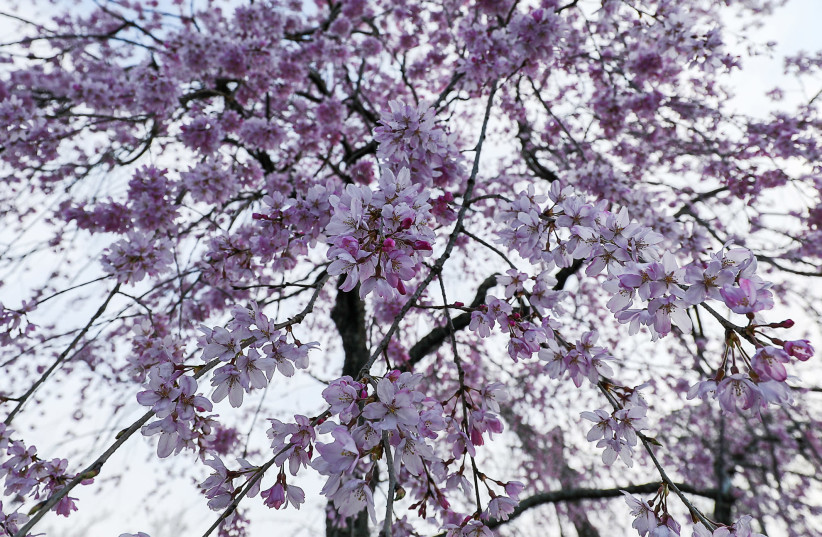Warmer and brighter cities trick trees into thinking that spring arrives earlier by an average of nine days, according to a prize-winning new study published in the prestigious peer-reviewed Science journal.
This artificially induced early spring can assist urban planners in their decision on how to light public areas in a way that benefits cities' trees, according to the study's author, Lin Meng. The study won this year's Science & SciLifeLab Prize for Young Scientists.
"Human-induced alterations in the urban environment may affect phenology [the timing of seasonal biological events] even more than climate warming," Meng wrote in her essay. "These changes have cascading ecosystem effects, such as affecting allergy and mosquito season, water cycling, and plant-pollinator matchup," she explained.
Meng, a postdoctoral scholar at Lawrence Berkeley National Laboratory, said she was inspired to research the issue after watching cherry trees blossom unusually early in Beijing, only to be demolished by a snowstorm.
According to Meng, a tree's phenology cycle is affected by both temperature and its photoperiod (the amount of light it receives in a day). Trees use this information to halt their growth during winter and begin to flourish again in spring and summer.

Earlier studies have shown that large cities are 1-3 degrees warmer than the nearby countryside, a phenomenon known as the "urban heat island effect." These have led to a pre-induced spring by an average of six days. However, Meng attempted to single out the photoperiod in order to examine whether it, too, affects urban tree phenology.
In order to do so, Meng chose to analyze trees in the European Alps, where elevation decreases with an increase in latitude – the horizontal lines in the global grid, as opposed to the vertical longitudinal ones – providing a relatively uniform temperature distribution. However, the mountain range's trees have different photoperiods as daylengths chase on an east-west axis. She used over 8,600 records from the Pan European Phenological Network in her analysis.
Meng found that different photoperiods devoid of temperature changes still lead to phenological changes.
She then set out into uncharted waters: what about artificial light?
In order to answer the question, Meng used NASA Black Marble artificial light satellite data and approximately 2,600 records from the USA National Phenology Network. What she found surprised her: Intense artificial light corresponded with spring arriving nine days early on average, and on the flip side, autumn leaves became colored six days late. These findings indicated that artificial lighting had a significant and overlooked impact on urban trees, which seem to mistake it for sunlight and behave accordingly.
Meng's future research will dive deeper into this important discovery by attempting to discern the different effects on trees of differing forms of artificial lighting, such as LEDs versus sodium street lamps, according to the American Association for the Advancement of Science.
"Answers to these questions will inform decision-making on what types of light we need for different locations to minimize ecological consequences," the AAAS quoted her as saying.
